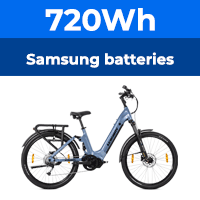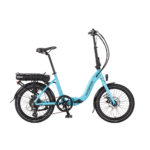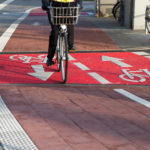It doesn't isolate the battery, but should be good for switching off overnight or maybe longer.
The battery wires go straight to the motor, but are blocked by the FETs. There's a separate branch from it that's reduced down in voltage to power the controller. This power goes through the ignition wire if you have one, which is where you can put a switch. When it has no power the FETs are off, which is like the separate switch I made for you. There's one big capacitor across the battery lines, which will leak a tiny bit of current, but I've heard (though never checked out) that it sometimes has a resistor to drain it, which would cause a few milliamps to flow. Obviously, if you have other stuff connected to the battery, like a wattmeter, DC/DC converter, etc, these won't be switched off, although they could be powered from the switched side of the switch.









